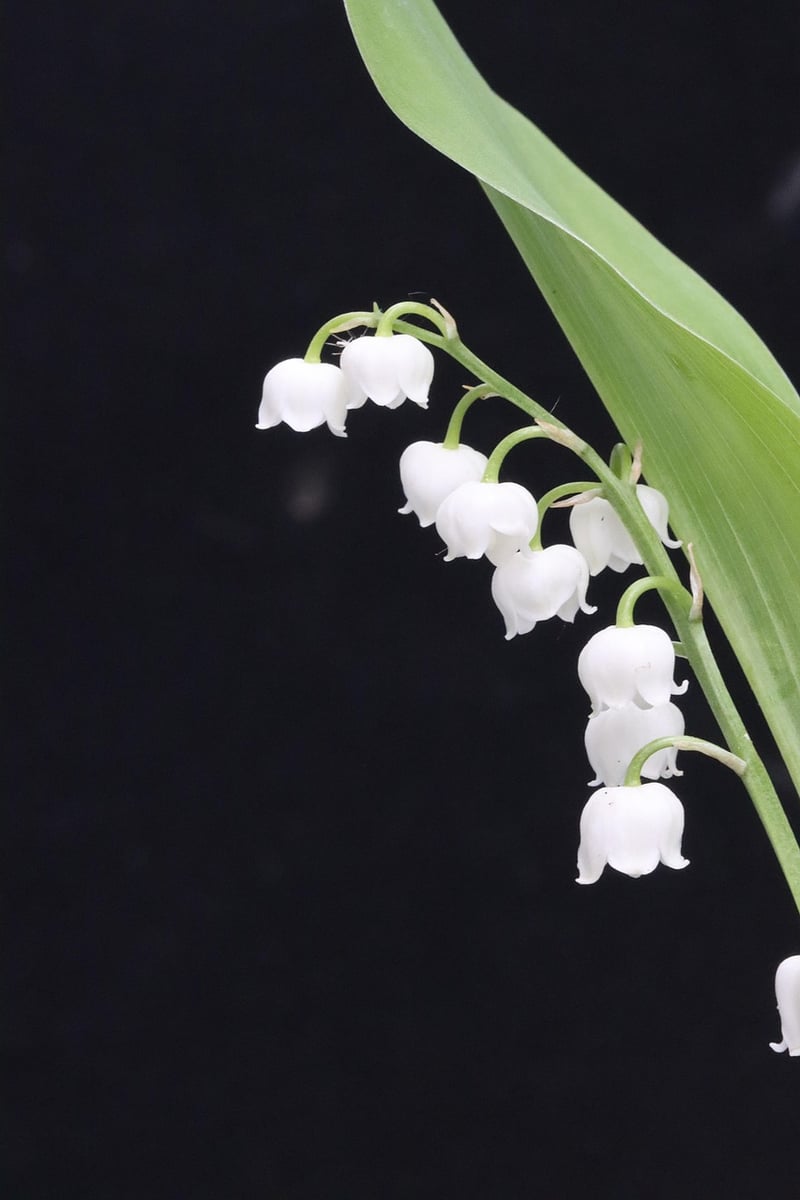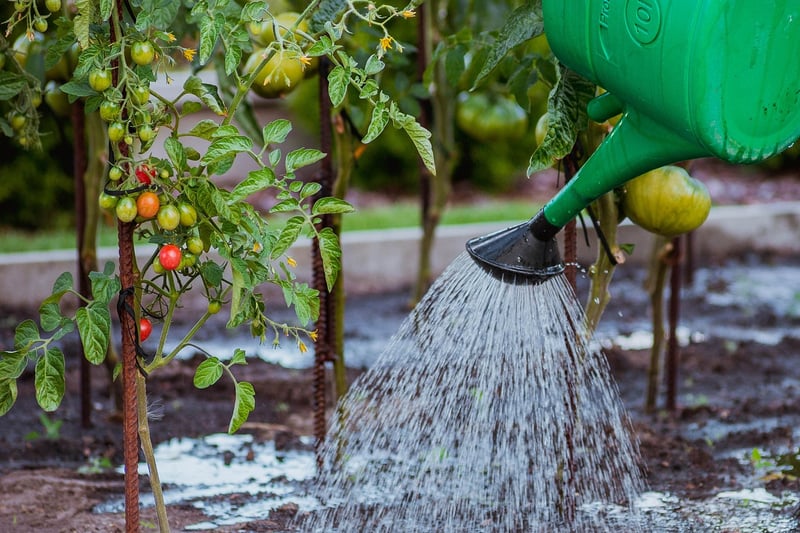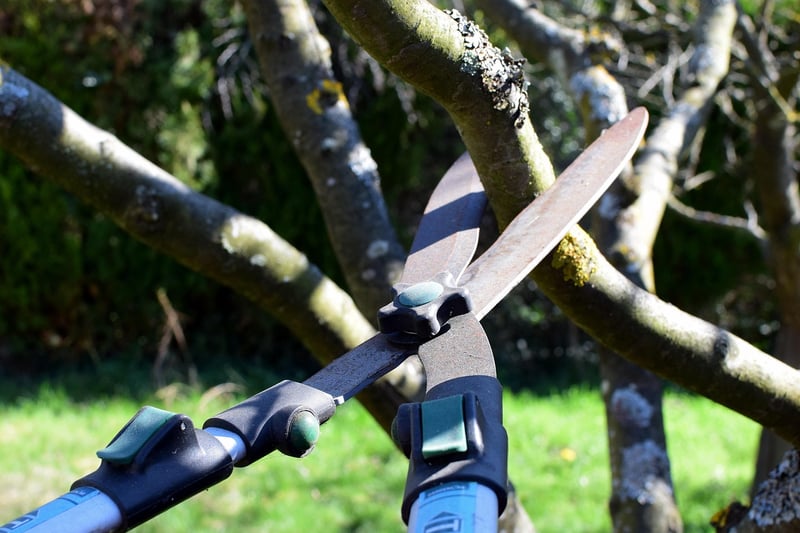Pruning Guidelines
How to Ensure Your Vertical Garden Thrives
Vertical gardens are a fantastic way to introduce greenery into small spaces or create a stunning focal point in your outdoor or indoor environment. To ensure your vertical garden thrives and remains healthy, follow these essential guidelines:
1. Choose the Right Plants
Not all plants are suitable for vertical gardens. Opt for ones that are lightweight, have shallow root systems, and thrive in the conditions provided by your vertical setup. Some great options include ferns, succulents, pothos, and spider plants.

2. Provide Adequate Watering
Vertical gardens can dry out quickly, so it's essential to water them regularly. Consider installing a drip irrigation system or hand-watering frequently to ensure all plants receive sufficient moisture.

3. Ensure Proper Drainage
Good drainage is crucial for the health of your vertical garden. Use a lightweight, well-draining soil mix and incorporate drainage holes in the containers or pockets where your plants are housed.
4. Monitor Light Exposure
Place your vertical garden in a location that receives adequate sunlight for the plant species you've chosen. Monitor the light exposure throughout the day to ensure your plants are getting the right amount of light.
5. Regular Pruning and Maintenance
Pruning is essential for keeping your vertical garden looking neat and encouraging healthy growth. Remove dead or yellowing leaves, trim overgrown stems, and check for any signs of pests or disease regularly.
Pruning Guidelines:
- Use clean, sharp pruning shears to make precise cuts.
- Remove any damaged or diseased plant parts to prevent the spread of issues.
- Trim back overgrown branches to promote new growth and maintain the shape of the plant.
- Regularly prune to prevent overcrowding and allow for better air circulation.
By following these guidelines and staying attentive to your vertical garden's needs, you can create a thriving green oasis that enhances any space.
